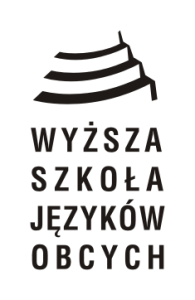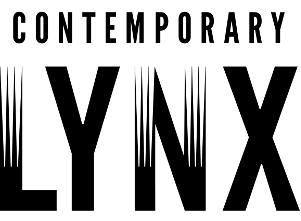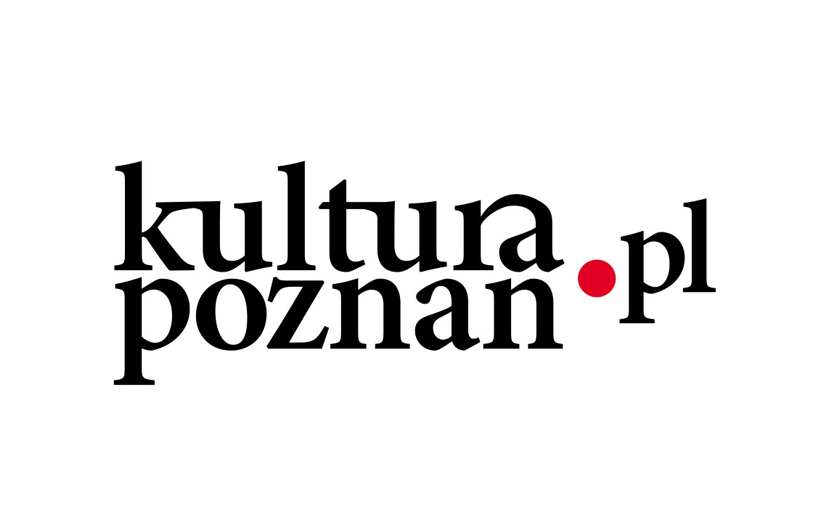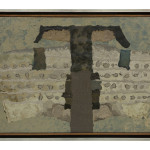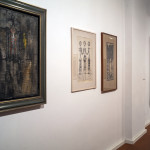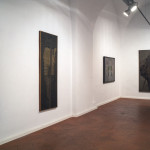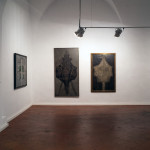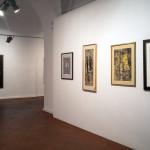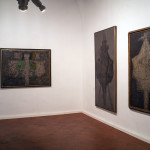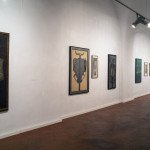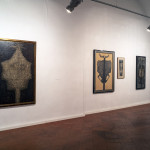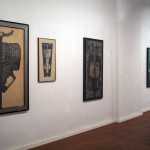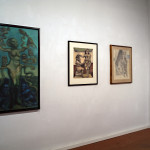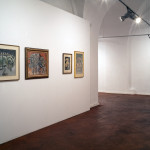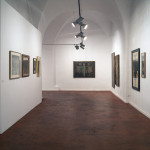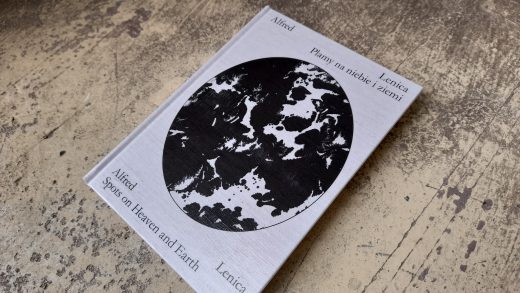opening: Thursday, June 29th 2023 at 7 PM
exhibition: 29.06 – 29.09.2023
exhibition open Monday – Friday 10 AM – 6 PM
admission always free
place: Galeria Piekary
Św. Marcin 80/82 Street, Poznań
CK Zamek, Rose Courtyard
organizer:

partner:

media patronage:
Jan Lebenstein (born January 5th, 1930, in Brześć nad Bugiem, died May 25th, 1999, in Krakow) was Polish artist who engaged with painting and graphic media. Creator of figurative painting with symbolic-fantastic elements, which exploited motifs from ancient mythologies.
He studied painting at the Academy of Fine Arts in Warsaw (1948-1954) under Artur Nacht-Samborski, only to debut very promptly, in 1955, at the Arsenał Królewski in Warsaw. He joined Miron Białoszewski’s Teatr na Tarczyńskiej, which operated in the poet’s flat, a venue that saw Lebenstein’s solo exhibition. At the time, the painter was working on Drawn Figures, Hieratic Figures and Axial Figures. In 1959, the artist went on a four-week scholarship to Paris, where he was awarded the Grand Prix de Paris at the First Biennial of the Young. He would then stay permanently in the French capital, obtaining French citizenship in 1971. He won highest acclaim with the eminent critic Jean Cassou, the director of the Museum of Modern Art Raymond Cogniat, as well as Michel Ragon or Gérald Gassiot-Talabot. Subsequently, the artist’s oeuvre was shown at the Museum of Modern Art in Stockholm, the Stedelijk Museum in Amsterdam, the Frick Collection in New York and the Carnegie Institute in Pittsburgh. In addition, he participated in Documenta II in Kassel, the Biennale of Modern Art in Venice and São Paulo, as well as was invited to exhibit in Milan, Turin, Rome, Brussels, New York, Oslo and Berlin. His works were acquired by private and public collections on both continents. Lebenstein also received accolades such as the prize of the Alfred Jurzykowski Foundation in New York (1976), the Jan Cybis Award (1987) or the Grand Cross of the Order of Polonia Restituta (May 3rd, 1998), awarded “in recognition of outstanding achievements in artistic work, for merit to Polish culture.”
Lebenstein belongs among the most outstanding Polish painters and draughtsmen of the 20th century. The artist’s individual phenomenon owes considerably to the existential component in his painting, manifesting in the singular representations of the human body, depicted in sallow, autumnal hues that made the viewer realize the disfiguring effect of the passage of time. Jan Lebenstein’s work is tainted with a sense of anxiety, loneliness and degradation, combined with subconscious, intuitive, and strongly erotic elements. Aleksander Wojciechowski observed: For Lebenstein, the workings of those “primordial, organic and sensual forces” remained the core theme in painting. That peculiar “biologism” features in his bestiary, in his intimate albums known as cabinet secret or carnet intime, and in his most recent paintings (…) Lebenstein’s monsters express symbols of life or, as Gérald Gassiot-Talabot suggests, symbols of instinct.
Lebenstein would illustrate biblical books (Genesis, Job, Revelation), George Orwell’s Animal Farm, Bruno Schulz’s Sanatorium Under the Sign of the Hourglass, or The Events on the Banbury, a novella by Witold Gombrowicz. In close and cordial relations with the Polish émigré community in France, he was associated with Instytut Literacki, the Paris-based Kultura and the editors of Zeszyty Literackie. Konstanty Jeleński described him as a “myth-maker of human nature”, whereas to Gustaw Herling-Grudziński he was a “painter of the eternal borderland”. Jeleński further noted: As it appears to us today, Lebenstein’s art is perverse and disturbing or, better still, “unheimlich”; a notion that Freud defines as “something that should have remained hidden but has risen to the surface.” Thanks to the fact that phantasms prevailed and did rise to the surface, we can commune with a visual rendering of an extremely rich and cohesive mental universe. In any case, it is impossible—and this is where the great value of this oeuvre lies—to distinguish between the psychic and its expression, as one so skilfully serves the other through a very subtle network of cultural allusions.
Project co-financed by the Minister of Culture and National Heritage from the Culture Promotion Fund – state special fund and the City of Poznań


